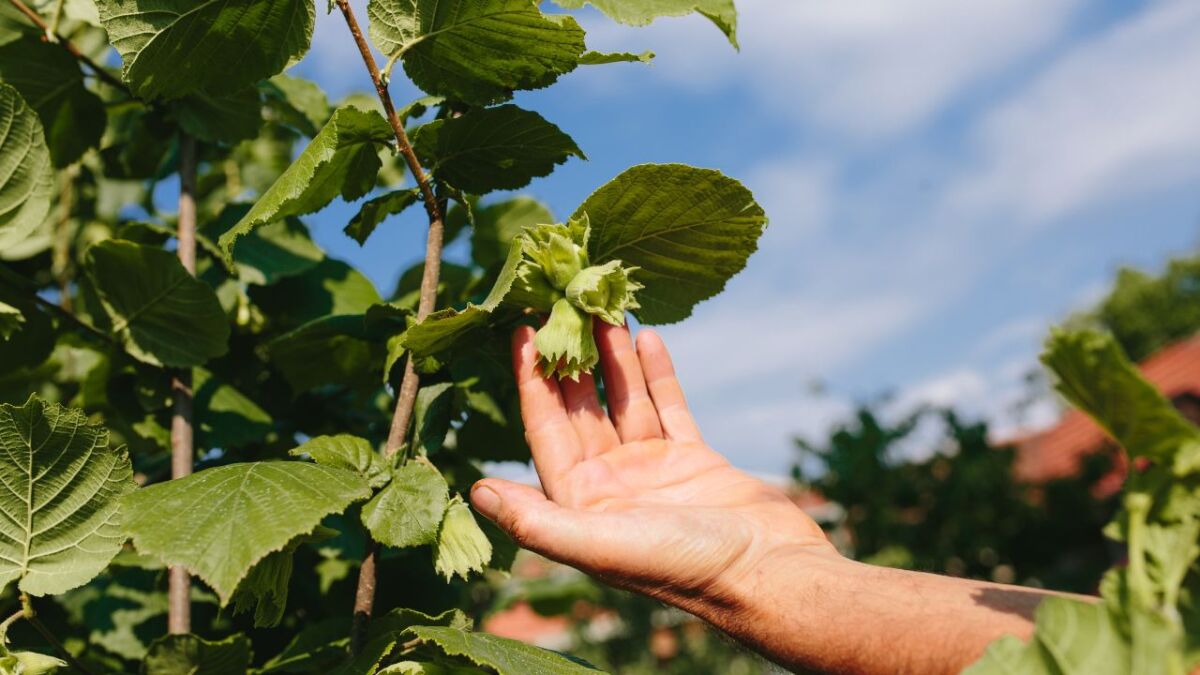
Creating a forest garden - fruits, nuts, herbs and vegetables for self-sufficiency
👉 The key facts from this guide
- A forest garden is a permaculture system that mimics natural forest ecosystems and promotes food and biodiversity.
- Forest gardens consist of three layers: tree layer, shrub layer, and herbaceous layer.
- The tree layer provides shade, nutrient cycling, and habitat for wildlife.
- The shrub layer provides fruit and forms a protective barrier for plants growing underneath.
- The herbaceous layer is rich in herbs and edible flowers that attract insects and pollinators.
- A forest garden requires careful planning and maintenance to create a balance between order and chaos.
Nuts, fruits, and herbs in abundance - with a forest garden, you create your own Garden of Eden.
He is the perfect addition to any vegetable garden, and today I want to show you the advantages of a forest garden.
What is a forest garden?
A forest garden is an agricultural system that mimics natural forest ecosystems. Forest gardens are a type of permaculture system. This type of garden aims to provide food while also preserving biodiversity and ecological succession.
Forest gardens are not like traditional vegetable gardens that only contain one plant species in the same area and use chemical fertilizers and pesticides.
A forest garden contains many types of plants, trees, shrubs, and herbs that grow together in a single area or poly culture.
The plants in a forest garden are food for humans and animals. You grow vegetables, fruit trees, berries, nuts, herbs for medicinal purposes, and spices for cooking.
Why is a forest garden great?
What comes closest to natural vegetation in Germany and Central Europe is a forest.
If you leave a field to itself, it will eventually transform into a forest on its own.
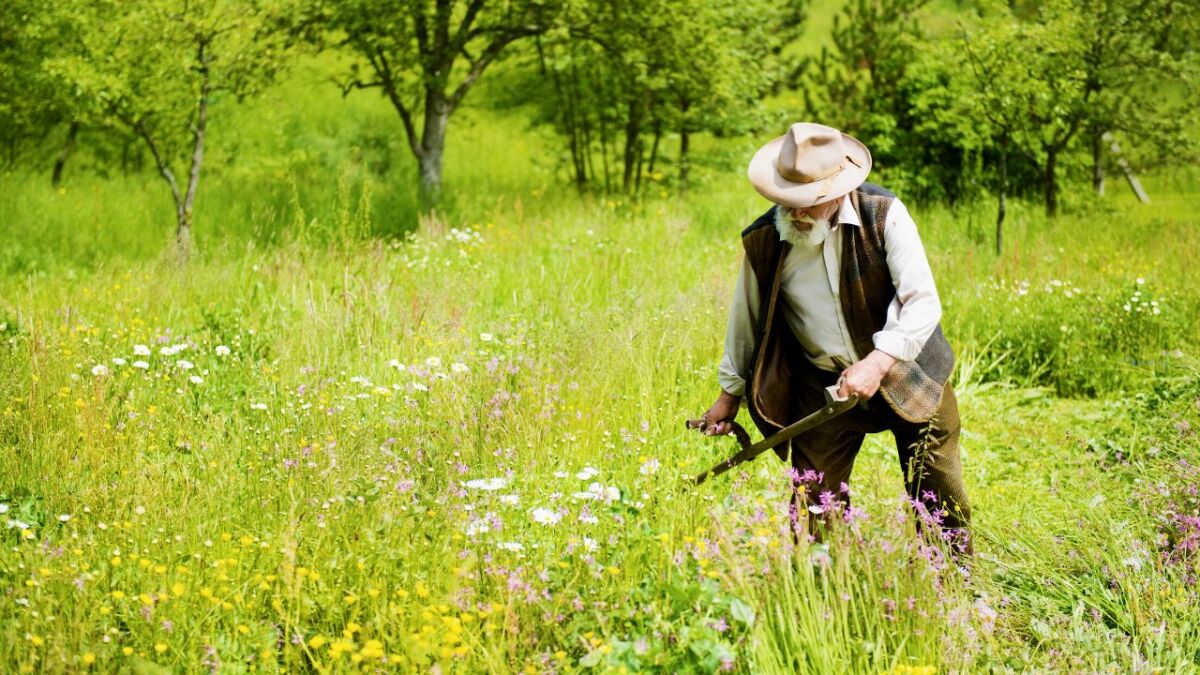
First, herbaceous pioneer plants settle, followed by a diverse shrub layer and pioneer trees like the birch.
In the shelter of the birch trees and bushes, oaks and horn beams are gradually developing, which come closest to the original vegetation in this country.
The self-created forest garden also follows the example of the natural forest.
So let's take the time and take a closer look at the structure of our forests.
A natural forest landscape consists of three layers:
- Tree layer
- Shrub layer
- Herb layer
Each of these layers holds a unique potential that we can harness for our forest garden.
What is the herb layer?
In spring, before the big trees develop their leaves and the shrubs have not yet awakened from their winter sleep, it is the time of the spring flowers.
You make use of the first rays of sunshine and as the days get a little longer, the forest floor is covered with spring flowers, especially diverse are the bulbous plants.
Famous plants include wild garlic, daffodils, winter aconites, snowdrops, and many more. Occasionally, you can also see particularly persistent herbaceous plants, such as the red dead-nettle. Now the herb layer in the forest has reached its peak.
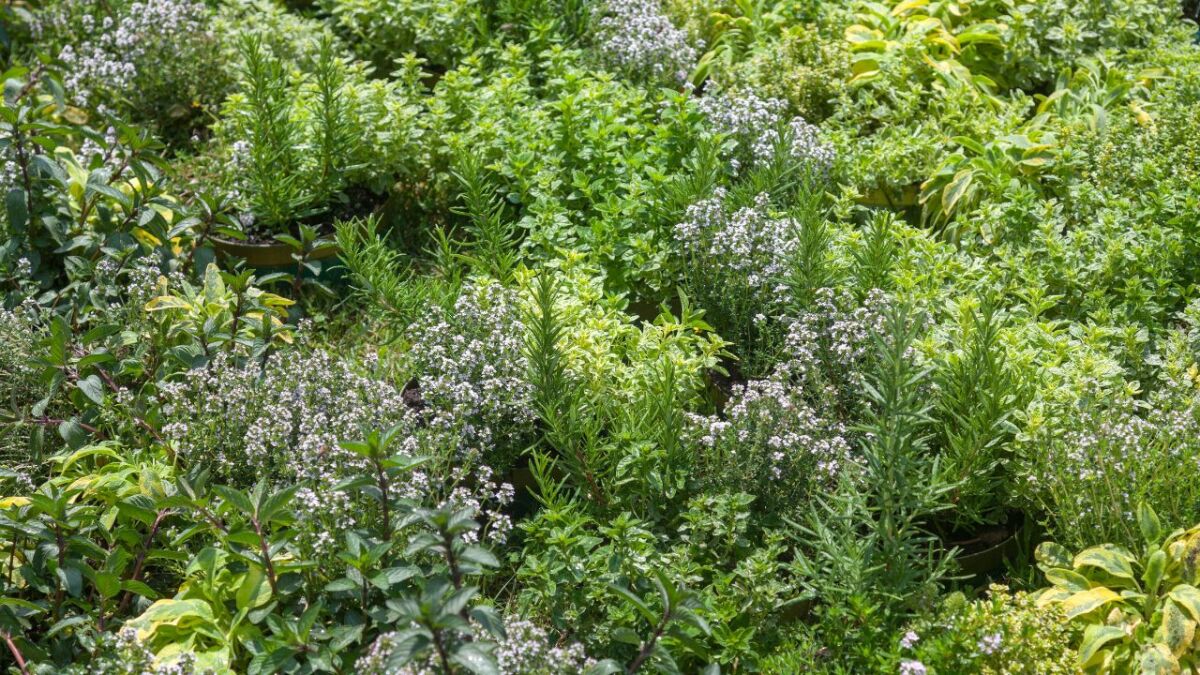
Once the canopy closes in early summer, depending on the type of tree, between May and July, the bulbous plants go back into dormancy and wait for the next spring.
Especially shade-tolerant herbs can still be found in the forest and especially in the edge areas.
Among them are the well-known ground elder, wood ruff, ground ivy, nettle, crane's bill, foxglove, and many more.
Compared to their counterparts that have more sun available, they form smaller leaves and bloom more abundantly.
Also read
Collect these 11 edible wild herbs in spring - which wild herbs give you the necessary power now - Learn how easy it is to identify the eleven most common edible wild herbs in spring and what you can do with them. These wild herbs bring power.
What is the understory?
Especially at the edge of the forest and along paths, we find a fairly pronounced shrub layer.
Here grow blackberries, hazel bushes, roses, sloes, elderberries, rose hips, and other mostly quite defensive shrubs to protect their valuable fruits from overly voracious animals.
Sporadically, you can also find these shrubs in the forest, where they seem to linger. Blackberries, which are under a canopy of beech or oak trees, receive enough light to not starve, but also too little to grow and form flowers.
When one of the mighty trees falls, they quickly take over the vacant space. They thrive, produce flowers and fruits, until the gap in the forest canopy is closed again, and they wait for another favorable opportunity.
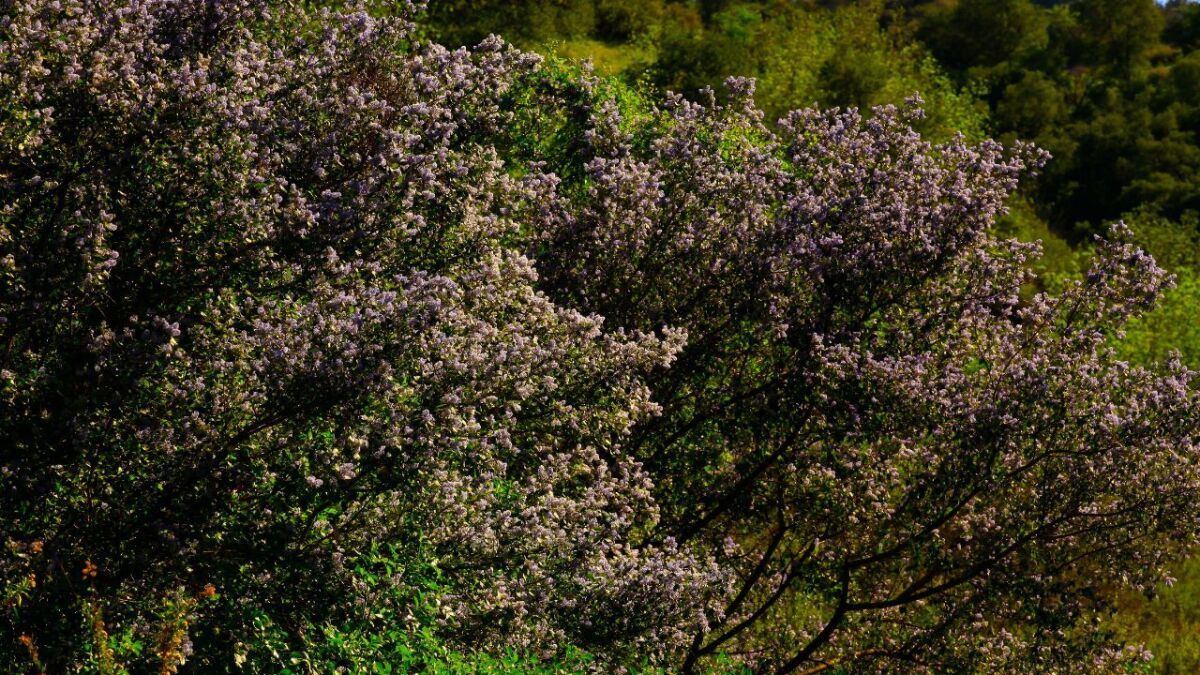
What is the canopy layer?
The canopy layer is the distinctive feature of the forest. Here, mighty trees such as beeches, oaks, but also wild cherries, wood apples, and conifers can be found.
They create the framework of the forest, to which the other plants of the herb and shrub layer must subordinate themselves.
Depending on which trees dominate in the forest, the lower layers develop accordingly. In pure spruce forests, shrubs and herbs are only found in the peripheral regions.
In the coniferous forest itself, only mosses have enough light to thrive. On the other hand, relatively open deciduous forests are populated with a wealth of other plants.
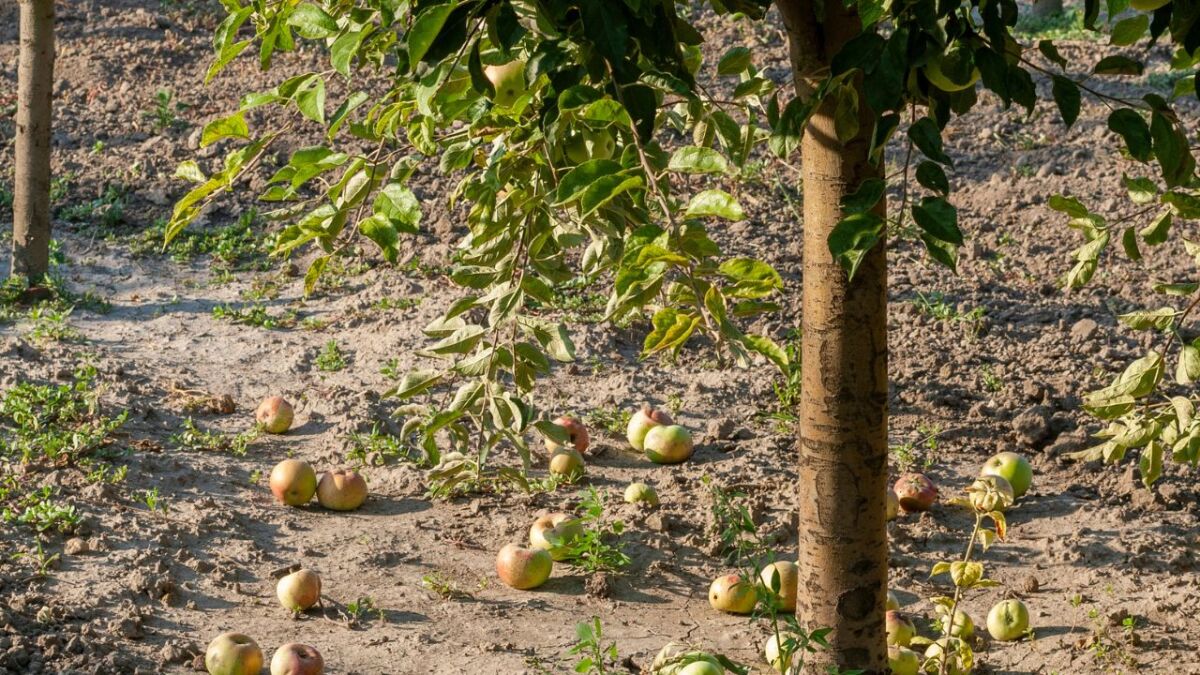
What food does a forest garden provide?
Maybe you already have an idea: A forest garden mainly provides us with nuts, fruits, and leafy vegetables.
This is obviously not a complete meal plan according to Western customs, but that's not the point. Even if we only cover a portion of our food through a forest garden, we have done multiple good things.
On the one hand, Hazelnuts were one of the main sources of food in early human history, as evidenced by Stone Age findings, and wild plants are generally rich in proteins, vitamins, and minerals. And did you know that you can also eat beech nuts or acorns?
Matching this, I have also written two comprehensive guides. Read here to find out what you can eat in the forest in summer and here to find out what edible things are available in winter.
While modern cultivars have mostly been bred for yield and appearance, there is still something primitive in wild plants.
At first, the bitterness of wild plants can often be challenging to get used to, but by consuming such plants, we are doing a service to our health.
On the other hand, a forest garden fulfills various ecological functions. Not only will we benefit from its fruits, but also various animals will find food and a home in every small forest garden.
By creating a forest garden, everyone contributes significantly to species conservation.
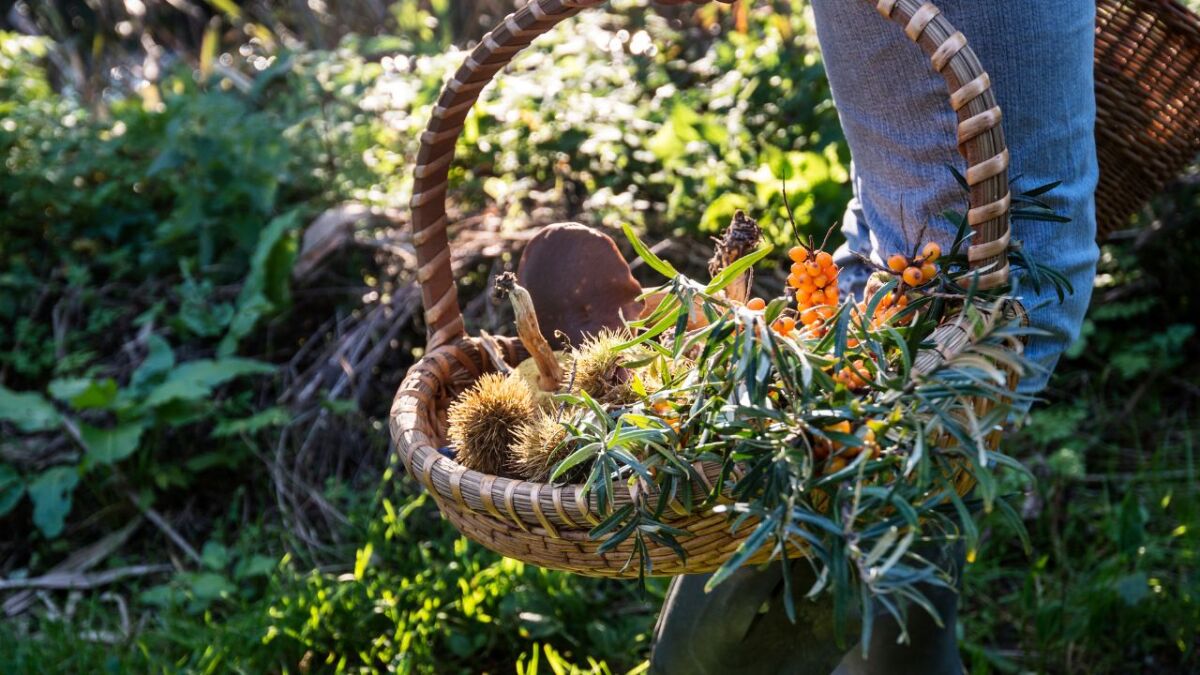
How much work does a forest garden require?
An assertion is fundamentally incorrect: that a forest garden only needs to be established once and the only activity involved is harvesting.
It is true, compared to a vegetable garden, the forest garden is more durable and stable. The soil does not need to be dug up, nor does the area need to be replanted year after year.
However, there are several tasks that need to be done in a forest garden because without maintenance, the biodiversity will decrease.
Especially competitive species will spread and suppress others. To prevent this from happening, regulatory intervention must be applied wherever necessary.
Trees must be pruned, annual herbs should be provided the opportunity for self-seeding, and raspberry canes have to be cut.

One of the most important tasks at the beginning is regular mulching. The forest garden only produces enough organic material for its needs after many years, so additional material should be mulched regularly in the early years.
The work involved in harvesting should not be underestimated. It is likely that in a forest garden, things will be a bit chaotic, and you will be striving to find a balance between order and chaos.
This means that the fruits are partially difficult to reach, and the harvest will take much longer than if you were to grow the individual plants separately.
The Tree Layer in the Forest Garden - Ideas for Planting
Often you have limited space for the forest garden, so classic trees of the forest like beeches and oaks are ruled out from the start.
Coniferous trees would be devastating as they do not allow for a shrub or herb layer at their feet. Therefore, we rely on trees that remain relatively small and also provide us with food.
With the walnut, you should be careful. On the one hand, walnut yields in this country have suffered greatly due to the introduction of the walnut fruit fly, and the times when the sprawling trees would produce tasty fruits by the hundredweight are over.
On the other hand, the trees grow very tall and other plants thrive poorly in their shade and among the poorly decomposing leaves.
The same applies to chestnuts, they only find a place in the forest garden if there is enough space available because these trees always have to stand in pairs to produce any fruits at all. They will quickly outgrow all other plants in the forest garden.
Here is a selection of what seems sensible to plant:
- Full sun: Exotics like peaches, apricots, figs, and almonds.
- As much sun as possible: Pears and mulberries
- Partial shade: Apple, plum, mirabelle,
- Shade-tolerant: Sour cherry, medlar, elderberry, hazel
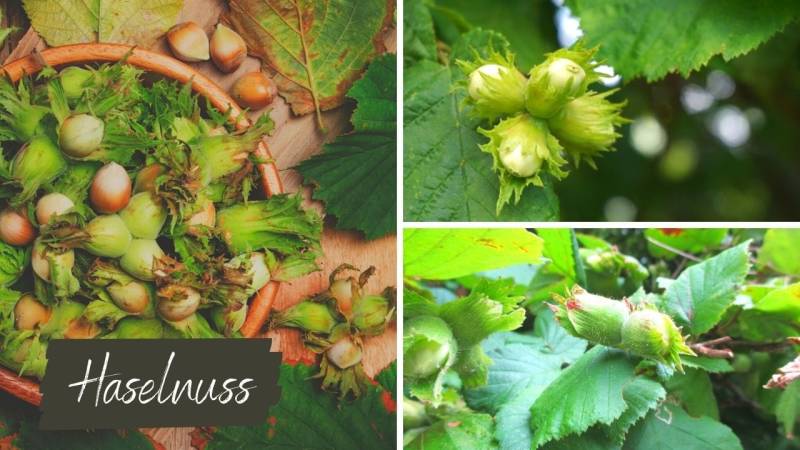
The Understory in the Forest Garden - Ideas for Planting
The shrub layer in the forest garden requires special planning during establishment.
It should be noted that most fruit bushes yield more when they receive more sun - however, that doesn't mean you can't enjoy slightly lower yields as well.
For this reason, the plant communities in the forest garden suffer less from diseases and pests, which compensates for the perceived loss of yield due to increased shading.
Here is a selection of what makes sense to plant:
- Full sun: Raspberries
- Partial shade: Currants, Jostaberries, Gooseberries, Japanese wineberry
- Shade: Blackberries and Elderberries
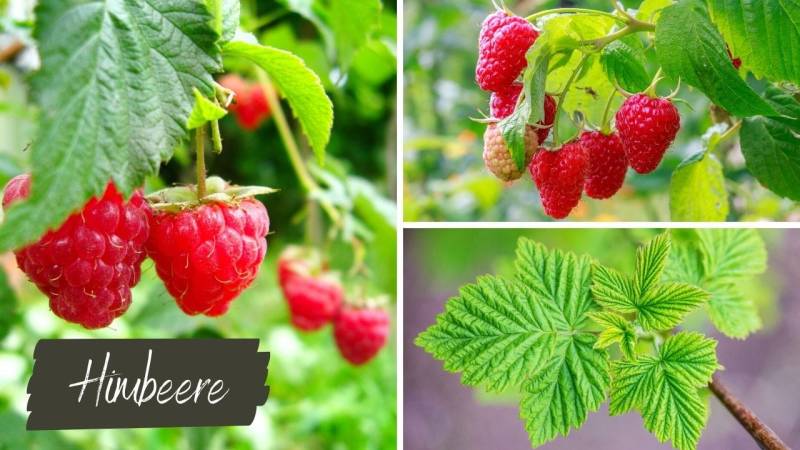
The Understory in the Forest Garden - Ideas for Planting
Most vegetables require more sun and care than we can provide in our forest garden. That's why we rely on robust and low-maintenance vegetable plants or wild herbs.
The beloved vegetable garden does not have to give way to the forest garden, on the contrary. We can also grow various root and fruit vegetables in the forest garden.
- Sun to partial shade: Cabbage, broccoli, sea kale, nasturtium, Swiss chard, lettuce, plantain, spinach, chicory salads, scallion
- Shade: Jerusalem artichoke, wild garlic, mint, nettle, garlic mustard, ground elder, ground ivy, watercress, lamb's lettuce
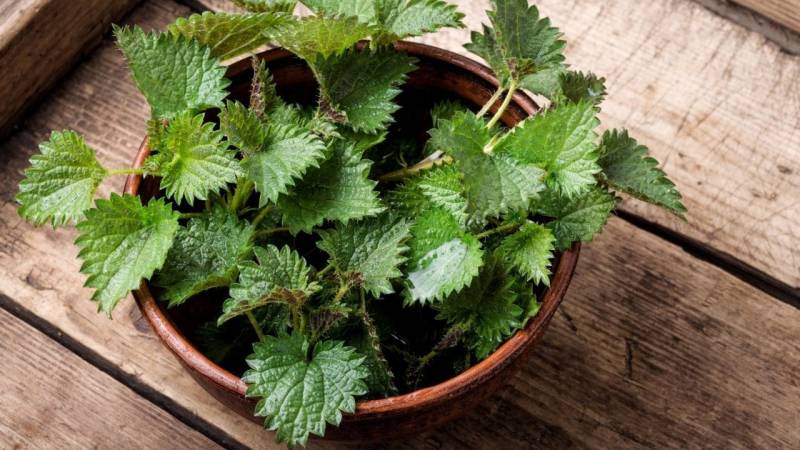
Here we can go into much more detail, so I have created a comprehensive article specifically about the herbaceous layer of the forest garden.
Click here and check out the 20 best plants for the ground cover of your forest garden.
The Planning of the Forest Garden
When planning a forest garden, you should give yourself enough time and also take it.
While you can start over every year in the vegetable garden, you can't do that in the forest garden.
The saying "you don't transplant an old tree" carries so much truth. Trees that have already taken root tolerate transplanting, if at all, only poorly.
Bushes forgive such treatment better, but they also need time to deal with the disturbance.
Also read
16 quickly growing vegetable plants to grow in a crisis (emergency food from the garden) - When the shelves in the supermarket are empty due to a crisis, it's better to grow your vegetables. Here are 16 great, quickly growing vegetable plants.
The 5 most common mistakes when planning a forest garden
Error No. 1: Planting too closely
Take the recommended plant spacing and multiply it by 1.5. This way, you ensure that the trees and shrubs won't interfere with each other later on. It's easier to plant closer together afterward than to thin them out with a heavy heart.
Error No. 2: Ignoring Shade Tolerance
If plants like the elderberry can tolerate shade, then that's where they belong. Use the sunny spots for more demanding plants like raspberries.
Error No. 3: Too little margins
The most productive zones in the forest garden are the edges. Design the forest garden in such a way that as many edges as possible are created through clever planting and layout of paths.
Error No. 4: No Space for Ladders
Especially when planting fruit trees, consider that you will eventually want to harvest the trees.
Error No. 5: The canopy layer casts too much shade
Unlike in the oak-hornbeam forest, you don't want the tree canopy to completely close. Choose the tree layer carefully and influence the growth behavior through the appropriate choice of rootstock, variety, and training pruning.
Read also
Propagation by cuttings - Learn how to get shrubs and plants for free - One of the best ways to propagate your plants and shrubs for free is by using cuttings. This guide will show you how it works easily.
Conclusion: A forest garden is the perfect addition to a self-sufficient garden
The forest garden provides you with nuts, fruits, and herbs. These products are ideal for keeping your family and yourself healthy.
The fact is: There is no ideal forest garden. It requires a lot of pioneering spirit to find the ideal plant communities.
Sensitivity is needed when caring for and planning a forest garden.
But all of this should not stop you from embarking on the experiment of creating your own forest garden.
It is a wonderful experience that teaches you a lot about our environment and gifts you with valuable food.


Author of the guide
Martin Gebhardt
Hey, I'm Martin. On my blog, you will learn the basics and numerous details about living in the wild. I think survival, bushcraft and the good life in nature are the keys to happiness. Find me here on Instagram or on YouTube. You can find more about my mission on the About Me page.
Was this guide helpful?
24 people found this guide helpful.
5.00 out of 5 points (24 Ratings)
Comments (0)
This post may contain affiliate links. So if you click on the links and make a purchase, I will receive a small commission at no additional cost to you. Click here, to learn more about it.


